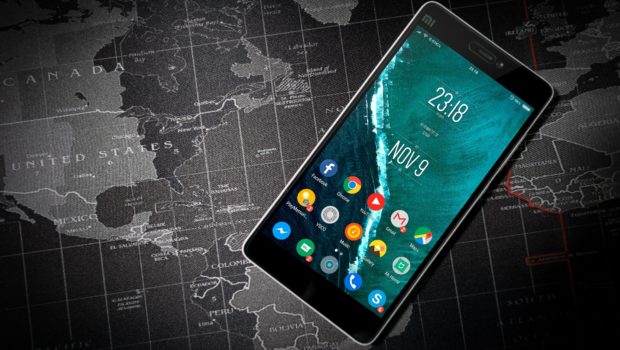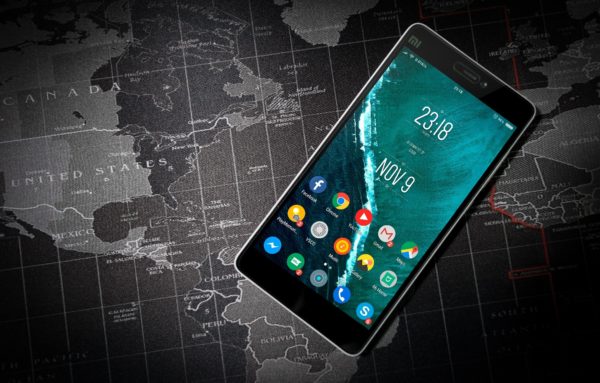How Mobile Phones Can Reduce Carbon Emissions
As the world advances in technology, carbon emissions have become an increasing cause for concern. Is it worth the cost if the technology is unsustainable? Well, the good news is that it is… at least much more than in the past. Mobile phones themselves don’t consume much power but the networks they run on are power draining. Using a phone for as little as 3 minutes has the same energy consumption as other quotidian as eating a snack or sending a letter. However, that is on a very small scale. Say you were to talk for an hour a day for a year, then you’d be emitting the same as some transcontinental flights. Granted it’s over a year’s time but in the long run that can add up if it’s compounded by multiple people.
So how exactly can they reduce emissions?
But fret not, you can be a help in lowering global emissions. At this point, about half of the world’s populace has a phone. But, even with the just over 3.5 billion people using them, the emissions account for less as a percent of the total global emissions which is great and much lower than in the past. If you want to be even greener, texting or calling on the good old landline will lower your output by 2/3rds. However, phones themselves don’t do as much damage as other processes we had in place before they existed. The hope is that phones will operate in tandem with automation to erase whatever emissions they make.
Whatever your phone does output in terms of emissions can be made up in the way of software and architecture. With the wonderful inventions of different apps and smart meters, your phone can always be in contact with the machine surrounding them. So if you leave the house, your thermostat can change the temperature so that it isn’t expelling more heat or cold than necessary. The same can be done if you’ve left the lights on but aren’t home. Now they can be switched off since your system knows you aren’t in the area which can not only save damage to your pockets but to the environment as well.
The transportation sector benefits second behind building appliances from these lovely little gadgets. There is not a single person in the world who wants to sit in traffic. Most people get a traffic update via an app or search for it on their phones. By avoiding the traffic that means fewer cars sitting idly by, burning fuel and emitting CO2.
People in the business world no longer need to be physically present at meetings due to web services like Skype and Facetime. Mobile banking apps have saved people trips to the physical branch and for those who were wary of taking public transport, easily looking up times has made them more open to using it. Apps that have revolutionized getting from A to B like Uber and Lyft have also saved unnecessary emissions. People already out on the road can now be picked up and taken to their destination instead of hoping to hail a cab that is aimlessly driving around.
Most people take for granted the versatility of their mobile devices. They play music, search the web, can be used to take photos and a host of other adages. This means fewer emissions for having a separate apparatus for each of these functions. The next step for this would be smart cities that are connected to your phone or all in one apps that keep your life organized. Despite your personal speculation on these things, they can do more harm than good depending on the mission behind the companies.
The endgame of our phones and technology is to save us time. No more needing to waste hours doing mundane things like looking for parking or waiting in line. People no longer need to check if bins are full or something is running low. Machines can do that for you which means less stress on your part and more time to do the things you enjoy. By having these systems in place, the intermediate means to accomplish them are eliminated which results in fewer emissions. Those savings alone match the same carbon footprint of entire countries and make up the deficit caused by the energy expenditure of mobile networks.
Technology is here to stay
All in all, it’s impossible at this point to be completely green. The future dreams of technology and innovation and that means electricity. Currently, it is one of our most sustainable forms of energy and it’s fairly renewable. Phones and the internet have pretty much leveled the playing field for everyone. People are more connected than ever and the world is moving at a faster pace. Voyages that used to take months now only take a matter of days and you don’t have to be there to be there if you know what I mean.
Phones are the main proponents of this. It’s a smaller scale version of the revolutionary technology that has made all of our lives better. For everything that it does, it’s not fair to demonize it entirely for how much output it has. We would be in a much worse situation without phones and they’re here to stay. The best part of this phenomena is that once a system is set in place, it’s only up from there. Technology transforms the way we do things and makes them better. After that, it is expected to be optimized and eventually placed into its most optimal form.
That’s why companies like Apple and Samsung work tirelessly to outdo one another and make the best possible product on the market. People want a service that other people don’t have. Better connection speeds, quicker times to connect on calls, camera capabilities that match the 4 figure ones from Nikon and plenty more. The polarities of what a phone can do and its energetic cost are beyond nullified once partnering technologies are completed and harnessed for a better world.
About the contributor:
Plunc.com is one of the UK’s best rated online recyclers and specialises in recycling high end electronics. Everything from iPads, smartphones and Macbooks.

















